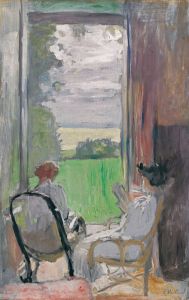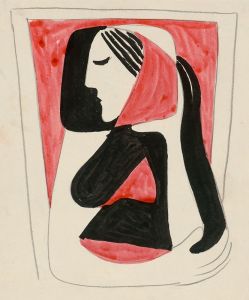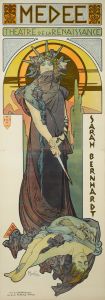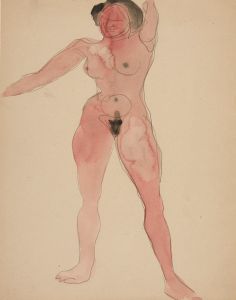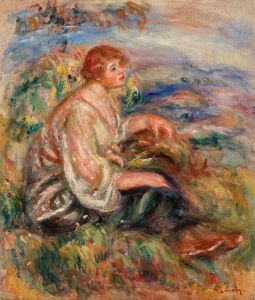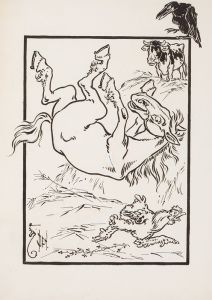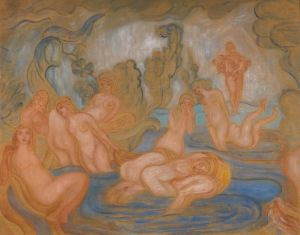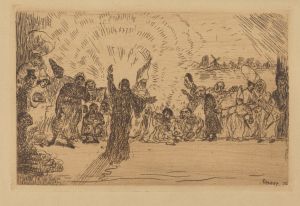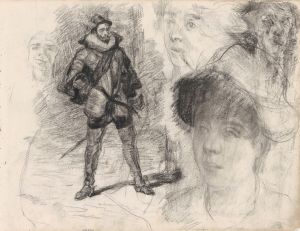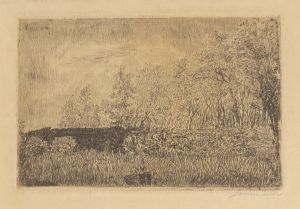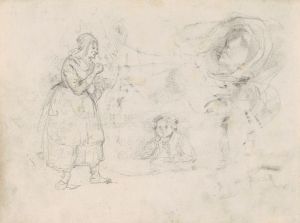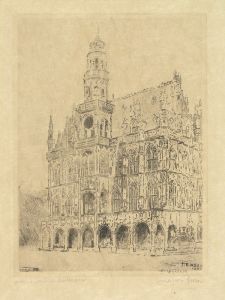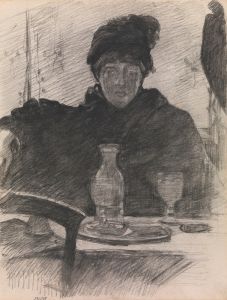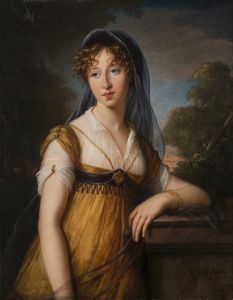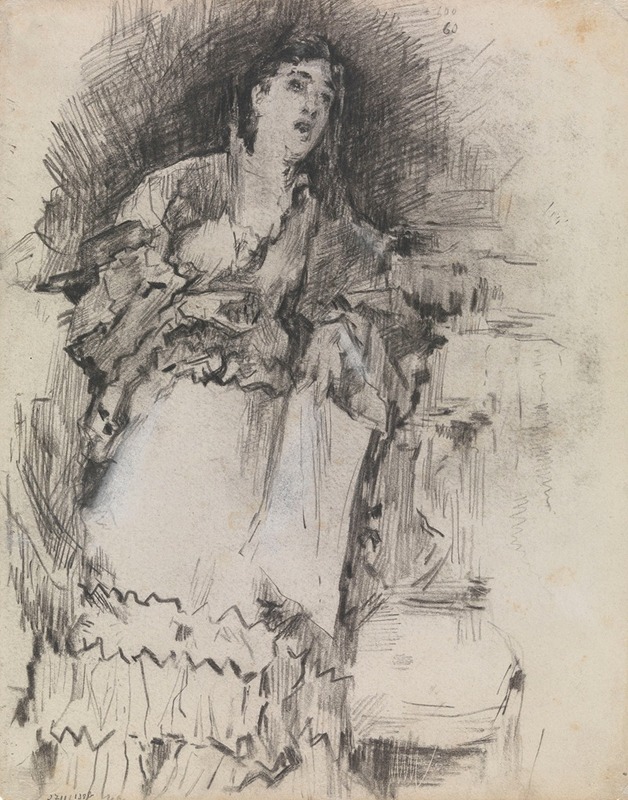
Woman Singing
A hand-painted replica of James Ensor’s masterpiece Woman Singing, meticulously crafted by professional artists to capture the true essence of the original. Each piece is created with museum-quality canvas and rare mineral pigments, carefully painted by experienced artists with delicate brushstrokes and rich, layered colors to perfectly recreate the texture of the original artwork. Unlike machine-printed reproductions, this hand-painted version brings the painting to life, infused with the artist’s emotions and skill in every stroke. Whether for personal collection or home decoration, it instantly elevates the artistic atmosphere of any space.
"Woman Singing" is a painting by the Belgian artist James Ensor, created in 1891. Ensor, born in 1860 in Ostend, Belgium, was a prominent figure in the Symbolist movement and is known for his unique style that often incorporated fantastical elements and vivid imagery. His work frequently explored themes of death, masks, and the absurdity of human existence, reflecting his interest in both the grotesque and the satirical.
The painting "Woman Singing" exemplifies Ensor's distinctive approach to art, characterized by bold colors and expressive brushwork. In this piece, Ensor captures the image of a woman engaged in the act of singing, a subject that allows him to explore the interplay between the visual and auditory arts. The painting is notable for its vibrant use of color and dynamic composition, which convey a sense of movement and emotion.
Ensor's choice of subject matter in "Woman Singing" aligns with his broader artistic interests. Music and performance were recurring themes in his work, often serving as metaphors for broader human experiences. In this painting, the act of singing can be interpreted as a symbol of expression and communication, highlighting the power of art to convey complex emotions and ideas.
The painting is executed with Ensor's characteristic attention to detail and texture. The woman's figure is rendered with a sense of immediacy and vitality, her features animated by the act of singing. Ensor's use of color is particularly striking, with bold contrasts and a rich palette that enhance the emotional impact of the scene. The background of the painting is less defined, allowing the focus to remain on the central figure and her expressive performance.
"Woman Singing" reflects Ensor's innovative approach to composition and his willingness to experiment with form and content. His work often defied conventional artistic norms, challenging viewers to reconsider their perceptions of reality and art. This painting is a testament to Ensor's ability to blend realism with imagination, creating a work that is both visually captivating and thought-provoking.
James Ensor's influence on modern art is significant, and his work has been recognized for its contribution to the development of Expressionism and Surrealism. "Woman Singing" is an example of his ability to capture the essence of human emotion through his unique artistic vision. The painting remains an important part of Ensor's oeuvre, illustrating his skill in combining technical proficiency with a deep understanding of the human condition.
Today, "Woman Singing" is appreciated not only for its aesthetic qualities but also for its insight into the cultural and artistic milieu of the late 19th century. Ensor's work continues to be studied and admired for its originality and its impact on the trajectory of modern art.





